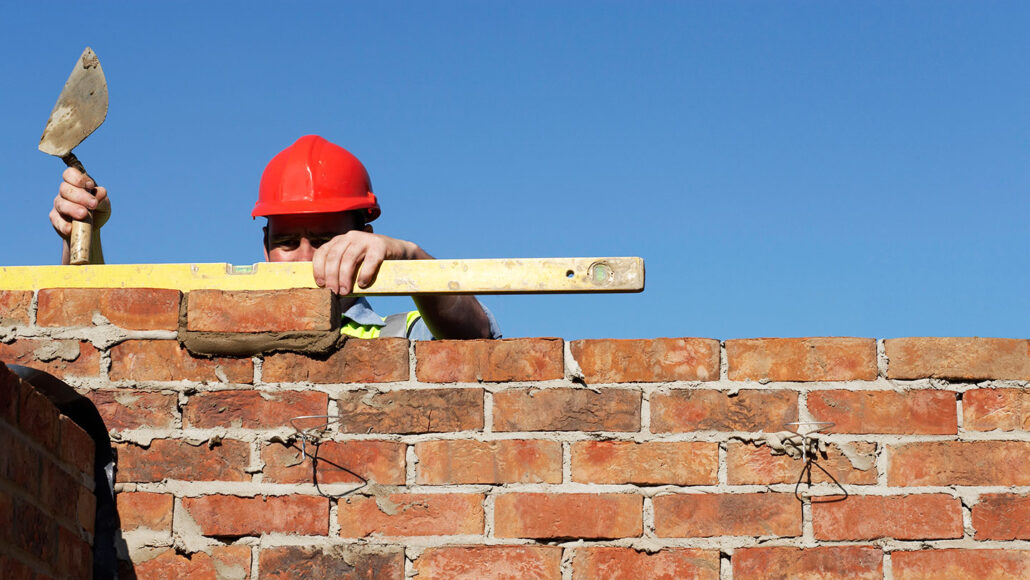Questions for ‘For a better brick, just add poop’

Bricks are the basis of many buildings today. Most are made from clay. In the future, a “greener” variety may include recycled human or animal wastes.
David Leahy/DigitalVision/Getty Images Plus
To accompany ‘For a better brick, just add poop’
SCIENCE
Before Reading:
- What are the top three materials used in constructing buildings? (Hint: Look around the room or distant buildings for ideas.) How do you think producing enormous amounts of these materials impacts our environment? For each material, state whether you believe the environmental impact is negative, positive or neutral. Briefly explain your answers.
- Think about the different materials and substances that people discard as waste. (Go beyond just the trash in our home garbage cans. Consider also the wastes from constructing buildings, bodily functions and animal-related industries.) What are some of these wastes/substances that people reuse or recycle? List two. How does this reuse benefit us? What are some waste materials that people do not typically reuse?
During Reading:
- Why is the process of making bricks and cement a problem for our environment?
- What is “sludge” in the context of sewage treatment? Why does sludge make good fertilizer? Why can the safe disposal of sludge be challenging?
- From what four ingredients is concrete made? Which of these did John Zhou and his team replace with sludge?
- What building material is the Brazilian team using sludge to make? Though made from sludge, this building material is safe to handle. Why does it pose no risk of infection?
- According to Yask Kulshreshtha, what did villagers use to create earthen homes? What did he want to better understand about this practice?
- Describe one of the two tests that Kulshreshtha and his team used to measure the durability of their innovation. Explain what the team looked for as a measure of its durability. Describe the findings from these tests.
- What problem must researchers overcome before using human poop to make unfired bricks, according to Kulshreshtha?
After Reading:
- Imagine you are the inventor of a new eco-friendly poop brick. Since the brick is created under intense heat and pressure, you know this new poop brick is as safe as any normal brick. It’s also great for the environment. And it’s cheaper! Only one problem: People won’t buy it. They are wary of the new invention and are reluctant to use it to build their homes, schools and businesses. What concerns do you think these potential customers have? Consider what you could say to reassure them that your product is safe. On a sheet of blank paper, create a flyer or billboard to promote your new invention. Design this flyer or billboard to (a) inform customers about this new building option and (b) address their concerns.
- Scientists have learned a great deal about the materials from which we make tools, buildings and vehicles. Is this knowledge likely to improve our capability to reuse and recycle various types of waste? Explain your answer.